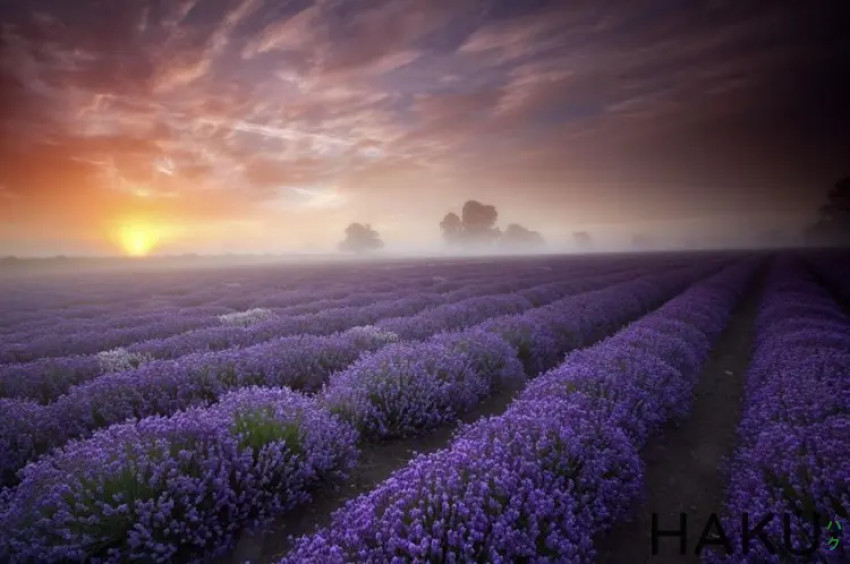
There are many beautiful and extremely familiar flowers around us, but sometimes we don’t know that hidden behind the seductive beauty that captivates people’s hearts are flowers that contain extremely toxic substances that are life-threatening human.
Muong Hoang Yen
A flower that grows in beautiful yellow chains, blooming continuously between spring and summer, creating an endlessly beautiful natural scene. Each flower is as beautiful as the apricot flower called the Canary or Osaka cassia, known as the national flower of Thailand with its bright yellow color symbolizing the Royal Family of this country. Hoang Yen, also known by other names as Osaka flower or Yellow Scorpion flower, is an extremely popular flower in Vietnam. During the period from June to September every year, on the streets or parks in Hanoi, you can easily see the brilliant Hoang Yen trees blooming, extremely attractive and splendid.
However, few people know that the flowers, leaves and seeds of this plant contain extremely toxic substances, which if accidentally tasted will cause poisoning. Despite its brilliant yellow color and captivating beauty, the canary plant contains toxic substances that are dangerous to your health. All flowers, leaves, fruits and seeds of canary flowers contain toxins, easily causing poisoning if eaten.
Hydrangeas
Mentioning this flower in the list of poisonous flowers, many of you will probably be extremely surprised because hydrangeas are quite popular and popular for growing as ornamental plants in Vietnam. The spherical flowers of green, dark blue, pink, white… look like the cocoon balls of rich ladies in ancient China. The small flowers grow in clusters and form an extremely attractive and lovely flower. However, this flower is actually not as “gentle” as we think. If you accidentally swallow this flower, you can immediately feel itchy, vomit or can cause coma, convulsions, or even stroke if you swallow a large amount of this flower. Hydrangea is a beautiful flower, considered a famous symbol of Da Lat flower land. With magically changing colors from blue to pink, white to purple… This flower is often popular as a wedding flower, interior decoration flower…
Anthurium flower
This is a plant you can see growing in parks, offices or used as ornamental plants at home. Anthurium flowers can be red, pink or white, standing out among the eye-catching blue heart-shaped leaves. Eating this plant will cause your lips and mouth to burn, swell, and even cause loss of voice and hoarseness. No one can deny the eye-catching appearance of anthurium, which is a plant that has many uses in home decoration and is useful for life. However, anthurium is a poisonous plant, containing saponins and calcium oxalate crystals that can penetrate the digestive mucosal membranes, causing a burning sensation.
The toxins in the plant are toxic to all mammals, and chewing the leaves can cause swelling in the mouth and irritation in the throat. Leaves or other parts of the plant that come close to human skin cause rashes and blisters.
Oleander
This is a very beautiful flower that appears widely in the Southwestern United States and California. In Vietnam, Oleander is commonly grown in industrial parks or highways. Oleander flowers grow in eye-catching pink or yellow clusters. Not only is the flower poisonous, Oleander is also known as the “king of poisonous flowers”, because every millimeter of this plant is poisonous and is researched to be the most toxic plant in the world. Eating just one Oleander leaf by mistake can be deadly. Toxins are present in the plants, leaves, flowers, fruits and seeds of Oleander. Even when you smell the smoke from burning this tree, it can cause poisoning. Oleander has flowers that grow in clusters at the tip of each branch, white, yellow or pink (depending on the variety), 2.5–5 cm in diameter. cm, 5-lobed corolla with tendrils surrounding the central corolla tube of the corolla. If you just look at it, you might think it is harmless, but this flower is actually quite poisonous. If you smell it too much, it can cause toxic symptoms such as nausea, vomiting, convulsions, and diarrhea. If oleander latex is involved, the condition will be more serious. Not only that, drinking water near the area where the flowers fall can also cause poisoning and even death. In many places, oleander leaves and seeds are crushed to make a very effective pesticide.
Succulents
Succulents are of African origin, were introduced to Vietnam many years ago and are often used for ornamental purposes. The petals are dark pink, the inside of the flower is white. This flower is so familiar and dear, but what you may not know is that the poison of this flower has the ability to easily kill a large elephant.
The Desert Porcelain plant is a medicinal plant of African people. In the Sahel (Southern Sahara region), a decoction of the roots of this plant, or in combination with other plants, is used to treat sexually transmitted diseases. Water extracted from the roots or bark is used for bathing, treating skin diseases and killing lice. However, Desert Porcelain is a very poisonous plant. In many regions of Africa such as Senegal, Nigeria, Cameroon… the juice of the roots or latex of this tree is used to impregnate poison arrows for hunting. The animal hit by the poison arrow died very quickly. To increase the poison of arrows. In Northern Kenya, people apply latex to their hair to get rid of lice. The powdered or water-extracted stem bark is highly toxic to all stages of development of animals such as Amblyomma spp and Boophilus spp, so they should be used to kill ectoparasites in camels and sheep.




